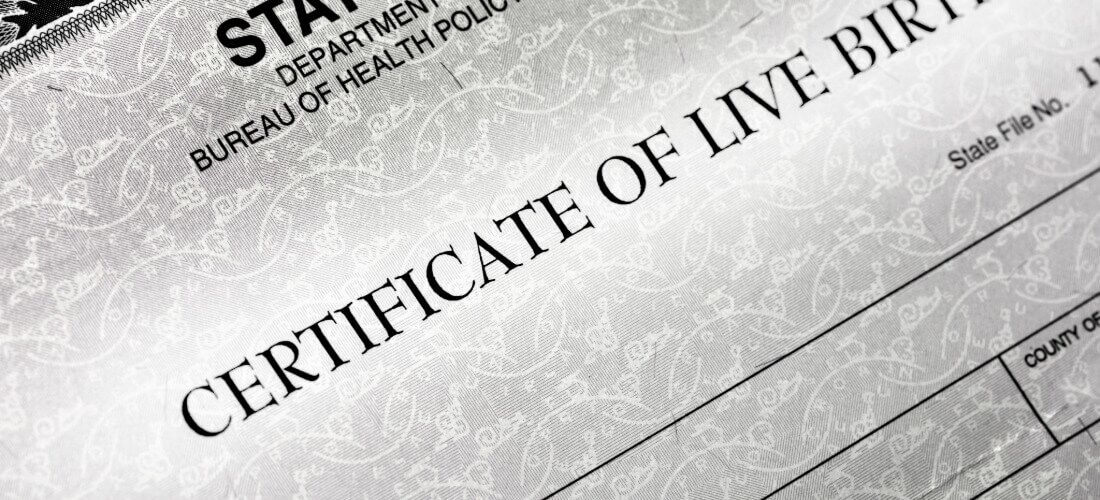
The journey of information from creation to disposal or preservation, known as the records management life cycle, shapes the backbone of how organizations maintain transparency and accountability. This cycle is not merely about storing documents; it’s about ensuring the history and data within them stay alive and easily accessible. These records, often referred to as Official Public Records, encompass vital pieces of our collective history and ongoing story.
GovOS stands at the forefront of transforming how state and local governments manage this lifecycle. Our software brings a new ease to handling Official Public Records, improving the way agencies grant Information Access. Through our innovative solutions, crucial documents, property agreements, and vital records become more than just papers in an archive.
Record Creation & Receipt
Document creation is the first phase where records come to life. Government entities must capture accurate and complete information. This guarantees they create records that meet legal and operational requirements. Right from the start, consistent formatting helps later in the life cycle. At reception, the immediate classification of records into various types sets the stage for efficient handling. This organized start is vital to prevent future disarray.
The real test comes when these records enter the administrative system. Every document must be logged, getting a unique identifier that aids future retrieval. It’s this attention to detail that guards against loss and confusion. Mapping a record’s journey right from inception underscores its importance. This not only fosters transparency but also prepares documents for the subsequent stages of their life span.
Record Storage & Retention
Once created and received, records need a safe home. Storage must shield documents from physical and digital threats alike. Security measures protect sensitive data, while access controls ensure that only authorized personnel can retrieve the records. It’s a delicate balance between availability and protection, challenging governments to maintain vigilance.
Retention schedules dictate how long it takes to keep records active, often influenced by laws and space constraints. This period of retention is critical—keeping documents too long consumes valuable resources while discarding them too soon risk compliance breaches. Effective retention speaks of a government’s commitment to both operational efficiency and legal responsibility.
Record Use & Maintenance
Active use of records means regular handling. This stage requires robust procedures to track who accessed or edited a document. It’s during this period that the quality of the initial organization shines through. Easy navigation through files marks a well-planned system. Maintenance involves updating records, correcting errors, and confirming the ongoing relevance.
Record Archival & Disposal
The final stages—archival and disposal—are about legacy and confidentiality. Archives preserve historical records, providing a window into the past for future generations. Not all documents reach this point, but those that do are selected for their enduring value. They move from active use into a protective environment, where they can be accessed for research and education.
Disposal, however, must be handled with care. Following set regulations, certain records are destroyed to protect sensitive information and free up space. It’s not simply about elimination; it’s about respecting the lifecycle and privacy of the data contained within. Proper disposal completes the cycle with dignity. This ensures that the records that have served their purpose make way for new information and new growth.
Connect with GovOS Today
Are you ready to reimagine how your agency approaches the records management life cycle? Or to improve your methods of preserving Official Public Records and enhance citizen experience? Reach out to GovOS. Let’s build the future of governmental digital integration together.










